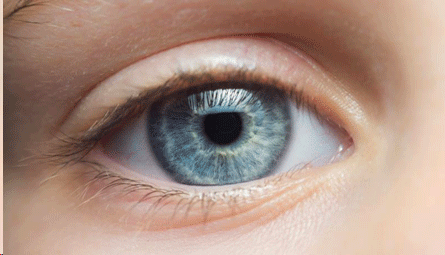|
NOVIDADES
A research team from the Wayne State University School of Medicine Department of Ophthalmology at the Kresge Eye Institute are the first to show that the Zika virus (ZIKV) can replicate in the eye’s retinal cells, causing severe tissue damage and even blindness in some cases. Ashok Kumar, Ph.D., a microbiologist and an assistant professor in the departments of Ophthalmology and of Anatomy and Cell Biology, led the research team in investigating whether Zika causes abnormalities in the eye.  Zika virus causes severe damage to vision. Zika is a significant emergent threat to global health, particularly during pregnancy. While it is not life-threatening, Zika has severe health implications beyond microcephaly—a condition where an infant’s head is significantly smaller than what is expected. According to Kumar, infants born with congenital Zika virus also have pathology in their eyes, ears, limbs and possibly other organs. Clinical studies show that Zika in the eye mainly impacts the retina—a layer of cells at the back of the eye that sends signals to the brain to visualize an object. “We studied the interaction of ZIKV with retinal cells. We observed that ZIKV can replicate and survive in retinal cells and ultimately kill them,” Kumar said in a statement. “Next, we tested whether ZIKV can cause retinal damage using an animal model. “To our surprise, we discovered that ZIKV infection of a mouse eye resulted in retinal lesions referred to as ‘chorioretinal atrophy’,” he added. “Interestingly, the ZIKV-infected mouse eyes showed some features of ZIKV-infected human eye. We believe we have a unique model to study molecular mechanisms of ocular ZIKV infection, and perhaps to test drugs or new anti-viral molecules to treat this blinding eye disease.” The eye is an immune-privileged organ, meaning Zika could hide there for months, Kumar said. The virus also has been shown to cause uveitis, another ophthalmic complication, in adults. More studies into the impact of Zika will continue. “Indeed, animal and human studies have shown the presence of ZIKV in tears, and there is ongoing research to determine how long, where and at what concentration the virus can survive in the eye,” Kumar said. “Similarly, we do not know the long-term impact of ZIKV-induced ocular abnormalities in infants born with congenital ZIKV infection. “Will they have a normal vision? What kind of vision rehab might they need? What about the social and economic impact in raising these children with a vision disability, if any?” Kumar’s team is now looking at how Zika modulates a cell to its advantage, while collaborating with another university to identify key genes and molecules that they think can attenuate Zika. The study was published in JCI Insight. R&D Magazine. Posted February 27, 2017. Assuntos Conexos: Fiocruz e NIH lançam estudo em larga escala de grávidas em áreas afetadas pelo vírus zika. Vírus Zika: em "um ano" um ensaio clínico francês para uma vacina. LNCC investe R$ 1,8 mi em pesquisas sobre a interação do zika com células humanas. |
|||||||||||||||||||||||||